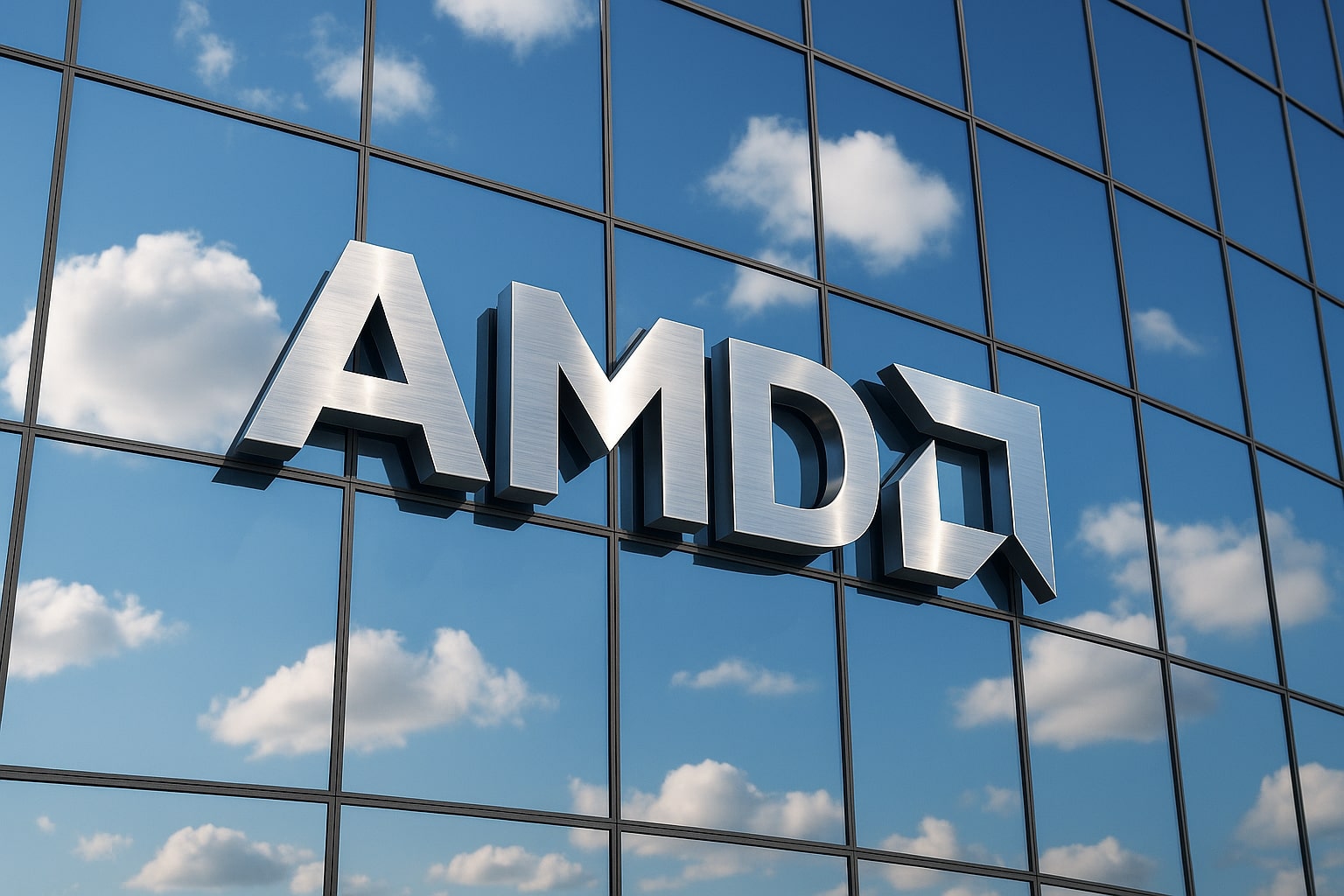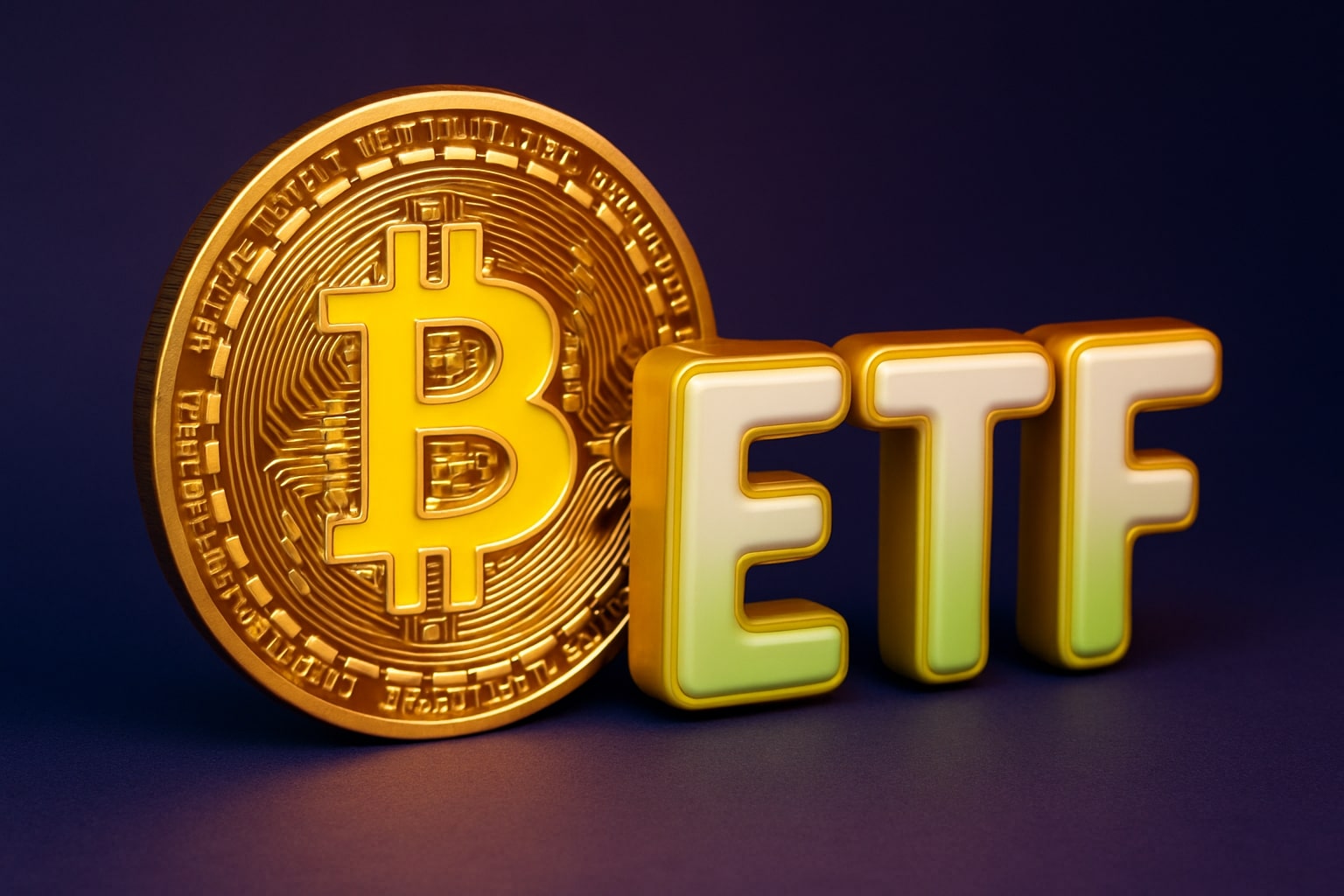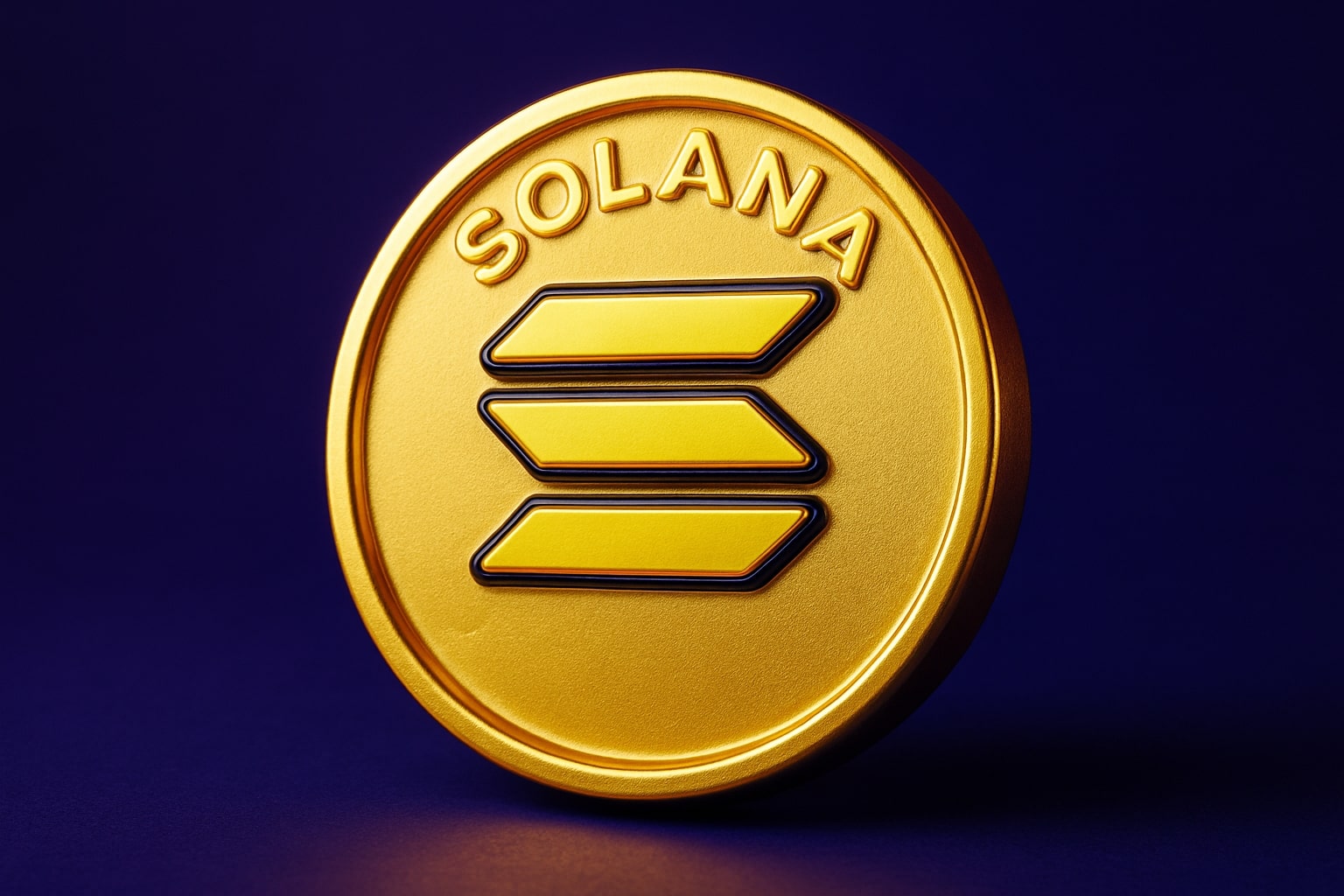
Can Easing Tariffs and Fed Stability Keep the Dow at 39,703 and the Nasdaq at 16,826?
Will Apple’s climb to $174 and Nvidia’s surge past $1,125 signal more upside for stocks? | That's TradingNEWS
Broad Market Surge Fueled by Trade Truce Signals and Fed Continuity
U.S. equity benchmarks posted robust gains as investors seized on signs of easing U.S.–China trade frictions and President Trump’s assurance that Federal Reserve Chair Jerome Powell will remain in place. The Dow Jones Industrial Average (DJI) rallied 538 points to close at 39,703 DJI Real Time while the S&P 500 (GSPC) climbed 2 percent to 5,400 GSPC Real Time and the Nasdaq Composite (IXIC) led with a 3 percent advance to 16,826 IXIC Real Time. All three indexes erased early-session pullbacks and finished firmly above key moving averages, reflecting broad-based participation across sectors as April’s risk-off sentiment gave way to renewed optimism.
Magnificent Seven Rebound on Tariff De-Escalation Hopes
Technology bellwethers regained their footing after reports emerged that the White House is considering scaling back punitive tariffs on Chinese imports from 145 percent to between 50 and 65 percent, contingent on reciprocal measures by Beijing. Apple (AAPL) shares rose 3 percent to $174 AAPL Real Time Time as iPhone component supply concerns eased. Chipmaker Nvidia (NVDA) jumped 4 percent to $1,125 https://www.tradingnews.com/Stocks/NVDA/real_time_chart on expectations of sustained data-center demand, while Microsoft (MSFT) and Alphabet (GOOG) each gained over 2 percent. Social media giant Meta Platforms (META) surged 5 percent, boosted by resurgent ad-spend forecasts. These moves pushed the Invesco QQQ ETF up 3.4 percent, outpacing sector peers and underscoring a rotation back into high-growth names.
EV and Auto Suppliers Shine with Tariff Relief
Easing trade tensions delivered a tailwind to automotive stocks and their supply chains. Tesla (TSLA) shares popped 5 percent to $258
TSLA Real Time after CEO Elon Musk committed to cutting his time in Trump’s “Department of Government Efficiency” role, clearing the way for sharper operational focus. Rivals Lucid (LCID) and NIO (NIO) also rallied over 4 percent, while parts supplier Magna International (MGA) rose 2.5 percent. The SPDR S&P Auto ETF (XCAR) posted a 4 percent gain as investors anticipated smoother cross-border supply chains and reduced duty drag on vehicle imports.
Credit Markets Embrace Higher Yield Risk
In credit markets, the SPDR Bloomberg High Yield Bond ETF (JNK) advanced 0.8 percent to $94.29 https://www.tradingnews.com/Stocks/JNK/real_time_chart marking its strongest single-day performance since early April. Junk-bond spreads tightened by 15 basis points, reflecting growing confidence in corporate balance sheets amid a backdrop of resilient Q1 earnings. Meanwhile, investment-grade spreads also compressed, helping the iShares iBoxx $ Investment Grade Corporate Bond ETF (LQD) rise 0.5 percent.
Emerging Markets Captivate on Mexico’s Breakout
Emerging-market flows tracked the broad risk-on tone, notably in Latin America. The iShares MSCI Mexico ETF (EWW) surged 2.6 percent to $56.93 https://www.tradingnews.com/Stocks/EWW/real_time_chart, its highest close since August 2024 as investors bet on swift resolution of auto-parts tariff talks set to resume before the May 3 deadline. Brazil and India ETFs likewise outperformed, each advancing over 2 percent, buoyed by stronger commodity prices and improving growth projections.
Sector Rotation and Divergence in Consumer Stocks
Not all areas joined the rally. Defensive consumer-staples names lagged after reporting margin pressures from raw-material costs and softer demand. Kimberly-Clark (KMB) slid 4.4 percent to $132.28 https://www.tradingnews.com/Stocks/KMB/real_time_chart on a profit warning, while Procter & Gamble (PG) and Colgate-Palmolive (CL) each gave back more than 2 percent as input inflation weighed on guidance. By contrast, consumer-discretionary plays with China exposure rallied: language-learning app Duolingo (DUOL) jumped 9 percent to $38 https://www.tradingnews.com/Stocks/DUOL/real_time_chart after Morgan Stanley initiated coverage at overweight, and Gildan Activewear (GIL) climbed 2 percent to $28.50 https://www.tradingnews.com/Stocks/GIL/real_time_chart on optimism that Honduran manufacturing shields it from U.S. reciprocal tariffs.
Commodities and FX React to Risk Sentiment
Precious metals and energy markets retreated from earlier safe-haven positions as yield-bearing assets regained favor. Gold futures (GC00) plunged 3.7 percent to $3,291 https://www.tradingnews.com/Stocks/GC00/real_time_chart after poking above $3,500, signaling a rotation back into cyclicals. West Texas Intermediate crude (CL.1) fell 3.2 percent to $62.27 https://www.tradingnews.com/Stocks/CL.1/real_time_chart as demand concerns resurfaced, though OPEC+ supply restraint comments capped deeper losses. The U.S. dollar index strengthened 0.9 percent to 99.83, snapping a three-year trough, while the 10-year Treasury yield settled at 4.30 percent after dipping earlier, anchoring a steepening yield curve that lifted bank stocks.
High Volatility Persists Amid Event-Driven Moves
The Cboe Volatility Index (VIX) tumbled 7 percent to 28.34, yet remains 40 percent above pre-tariff levels, underscoring lingering uncertainty. Traders have witnessed 20-point swings intraday, with each headline on trade talks or Fed independence triggering knee-jerk moves. Open interest in S&P 500 futures jumped 5 percent, reflecting elevated positioning, and ETF flows into volatility products climbed, indicating continued hedging activity.
Macro Data and Fed Dialogue Underpin Positioning
April’s flash PMIs offered a mixed picture: U.S. manufacturing held at 50.7 and services at 51.4, pointing to tepid expansion, while new orders eased slightly. Initial jobless claims rose by 5,000 to 210,000, suggesting labor-market resilience despite higher rates. Fed speakers, including Governor Waller, cautioned that tariff-induced price shocks may warrant tighter policy for longer, even as Trump pushes for rate cuts. Markets now price a 60 percent probability of a Fed cut by September, down from 80 percent a week ago.
Tactical Views on Exposure and Risk Management
Amid the headline-driven whipsaw, strategic positioning favors a barbell: overweight cyclicals—tech, industrials, and materials—while using defensive hedges in consumer staples and utilities. Energy and financials also warrant selective exposure, given higher yields and firm oil prices. Stop-loss discipline near 5 percent off recent swing lows on core index ETFs helps cushion against sudden reversals. Pair trades—long semiconductors versus short consumer staples—offer alpha potential in this rotation.
Markets remain hypersensitive to every nuance on trade negotiations, Fed communications, and geopolitical developments. Until durable agreements materialize, expect continued bouts of volatility alongside episodic rallies. Investors can navigate this environment by focusing on high-conviction sectors, monitoring insider signals, and maintaining stringent risk controls as the spring trading season unfolds.
That's TradingNEWS
Read More
-
SCHD ETF (NYSEARCA:SCHD) Climbs To $27.25 As Investors Flock To Dividend Stability Over Tech Volatility
12.11.2025 · TradingNEWS ArchiveStocks
-
Bitcoin (BTC-USD) ETF Inflows Surge To $524M As BlackRock’s IBIT Dominates Rebound
12.11.2025 · TradingNEWS ArchiveCrypto
-
Natural Gas Price (NG=F) Steadies at $4.53 as Record LNG Exports and Rising Winter Demand Boost Market Confidence
12.11.2025 · TradingNEWS ArchiveCommodities
-
USD/JPY Price Forecast - USDJPY=X Holds At ¥154.10 As Intervention Threats And Fed Cut Expectations Drive Volatility
12.11.2025 · TradingNEWS ArchiveForex


















